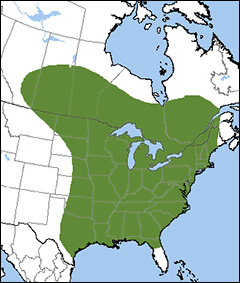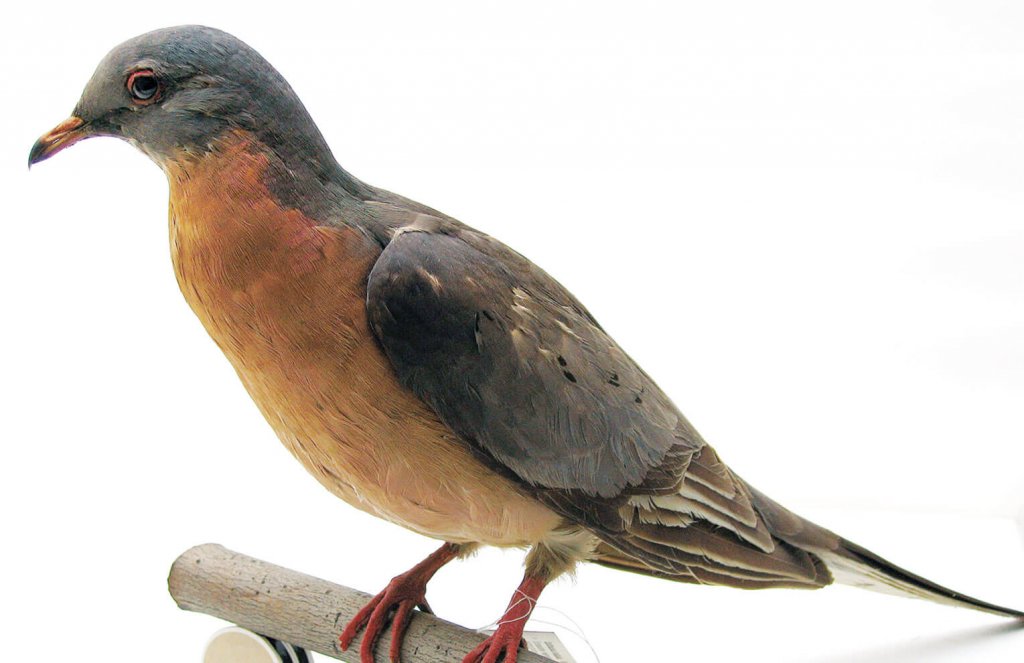 September 1, 2014 marks 100 years since the last known Passenger Pigeon, known as Martha, died at the Cincinnati Zoo. It's hard to imagine now, but at one time this species was the most numerous bird on earth, with a population of 3 to 5 billion birds.
September 1, 2014 marks 100 years since the last known Passenger Pigeon, known as Martha, died at the Cincinnati Zoo. It's hard to imagine now, but at one time this species was the most numerous bird on earth, with a population of 3 to 5 billion birds.
These seemingly numberless flocks were considered an infinite resource and exploited so drastically that the species was driven to extinction in mere decades. A cautionary tale, the story of the Passenger Pigeon and other extinct bird species inspires our work and one of the main tenets of ABC's efforts: to safeguard the rarest species.
This account of migrating Passenger Pigeons, by ornithologist and artist John James Audubon, expresses the vastness of the flocks:
“I dismounted … and began to mark with my pencil, making a dot for every flock that passed. In a short time, finding the task which I had undertaken impracticable as the birds poured in in countless multitudes, I rose, and counting the dots then put down, found that 163 had been made in twenty-one minutes. I traveled on, and still met more the farther I proceeded. The air was literally filled with Pigeons; the light of noon-day was obscured as by an eclipse …”
Sign up for ABC's eNews to learn how you can help protect birds

Passenger Pigeon shooting in Louisiana by Smith Bennett
Passenger Pigeons were highly social, living in colonies that covered hundreds of square miles and breeding communally, with up to a hundred nests in a single tree. Unfortunately, these large flocks and communal roosts made the species very easy to hunt. Although they were always an important source of food for native peoples and early settlers, the onset of large-scale commercial hunting in the 1800s signaled this species' drastic and irreversible decline.
Unchecked hunting, combined with ongoing habitat loss, caused Passenger Pigeon populations to dip below the threshold necessary for the species to breed successfully in the wild. Attempts were made to breed the species in captivity, but none succeeded.
The story of the Passenger Pigeon is a poignant reminder of the need for effective conservation. The 100th anniversary of the species' disappearance reminds legislators and people everywhere of the public of the importance of protecting endangered wildlife—before it's too late.
One of the ways ABC addresses this challenge is by working with partners to establish reserves to protect the rarest of bird species. Our efforts have secured a future for dozens of threatened species, including the Marvelous Spatuletail, Dusky Starfrontlet, and the Long-whiskered Owlet.
Donate to support ABC's conservation mission!




















































